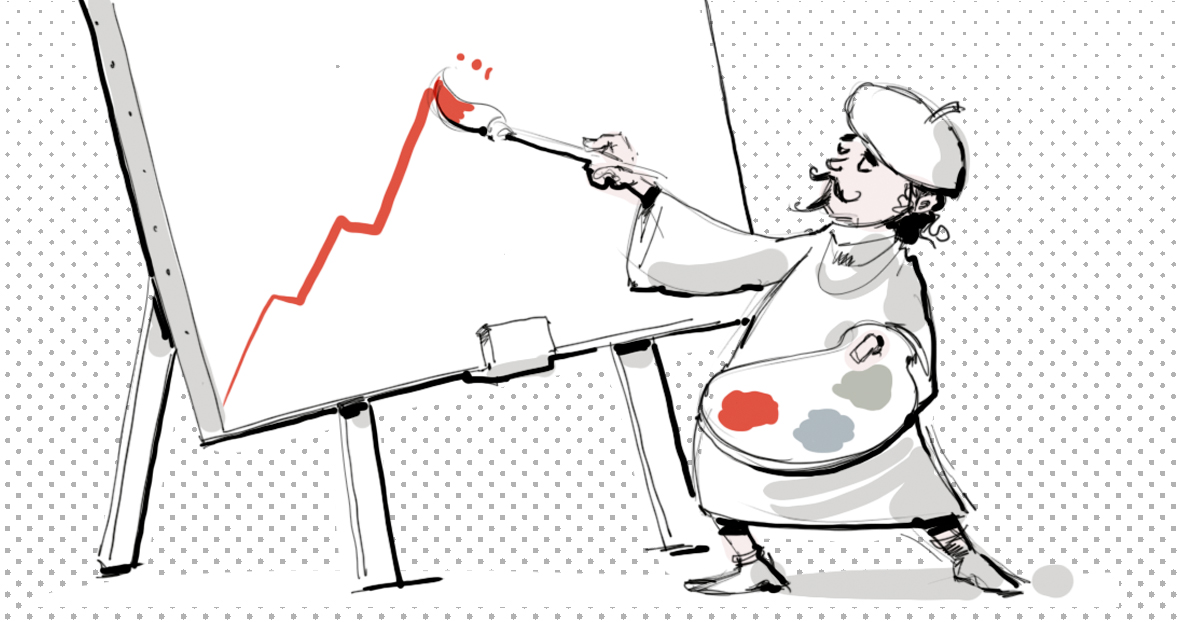
When you watch Kazakov’s five-minute animated video, you will see that he morphs one object into another, in a seemingly endless display of what it is like to see the world through creative eyes.
Much as a manager might look at his or her business and ask, “How could we get something more valuable out of our assets?”, Kazakov looks at the world around us and wonders how to transform your perceptions in a completely unique way.
This is the difference between art that you never notice versus art that changes the way you think. We would like to suggest that art is a powerful tool to change the future of your business, but only if you make it central to your ongoing activities.
Many large corporations have invested millions in corporate art collections, but most of these works just hang on a wall, where they are largely ignored. Art can be so much more than a decoration; it can be a tactic to transform your business and ignite its economic growth.
Business success requires looking at the marketplace differently than others have before. You have to cut, reshape and polish ideas until they excite your customers enough to recognize the economic value of those ideas.
This is precisely what artists do, but artists are often more willing to think outside the box than corporate employees. This is not because artists are inherently more talented, but simply because corporate employees are subject to more constraints.
By bringing artists into the corporate innovation process, leaders give their employees permission to experiment. In doing this, you can unlock the talents already lurking within your team.
In our case, we collaborate with and promote artists whose œuvre deals with the notion of “transformation” in a masterful manner. Our goal is not to make money by selling artwork; we’re not in the “art business”. We’re in the business of helping to transform companies, and artists inspire transformation in powerful and often unexpected directions.
There are many ways to involve artists in your operations and decision-making process. For example, during many of our large group workshops, we bring in illustrators to visualize discussions and help participants connect the dots.
In the business world, we often operate with constrained resources. Artists often go through severe social sacrifices, not having enough money and perhaps lacking even a roof over their heads. In doing so, they demonstrate the passion necessary to stick with an idea even when nearly everyone is suggesting you should quit. Through experimentation and determination, they come up with original ways to view the world around us.
Isn’t this precisely what you want your team to do?
Creativity is about connecting ideas that don’t seem to be connected. Artists live for this purpose. It makes perfect sense to use artists to show your team how to look at the world with fresh eyes.
We can’t close an article like this one with mere words. You need to understand – not just within your head but also with your entire body – the potential of art to be transformative. So, for another example of transformative art, crank up the volume of your speakers and watch the work of Nigel Stanford, who demonstrates how sound and music affects physical objects.
Video.
Image: Boris Kazakov
© Radius 1 Consulting GmbH





